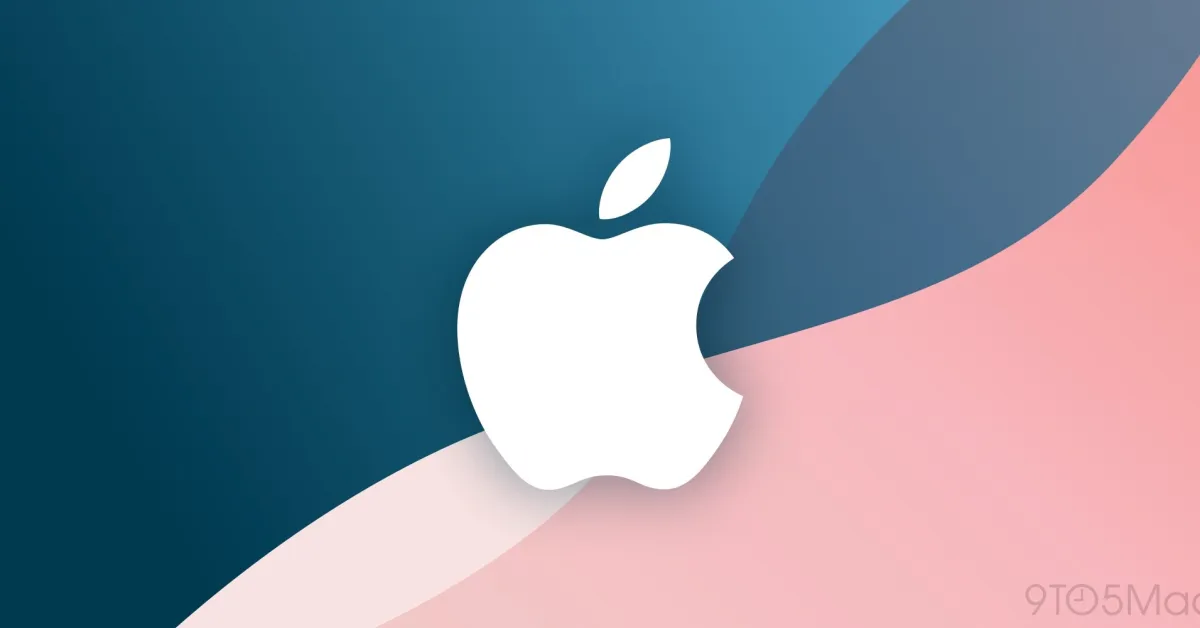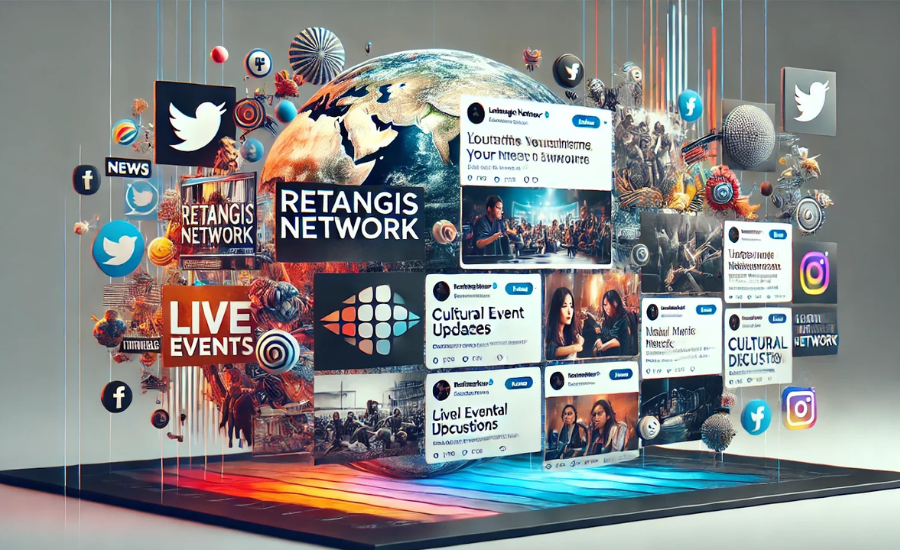In today’s fast-paced digital landscape, we rely on a growing number of apps and services to manage everything from banking to entertainment. But with this increasing dependency comes a greater need for reliable security and privacy. Each new account we create exposes us to potential risks, from data breaches to identity theft. Recognizing these growing concerns, Apple introduced Apple Sign, a login option designed to enhance both security and convenience. For users familiar with Apple’s ecosystem, Apple Sign feels like a natural extension of the brand’s commitment to privacy and simplicity. By using Apple Sign, users can log in to apps and websites with just their Apple ID, bypassing the need to create yet another password. In this article, we’ll explore everything you need to know about Apple Sign, its integration with Applemiller9to5mac, and why it might just be the best choice for securing your online presence.
What is Apple Sign?
At its core, Apple Sign—also referred to as “Sign in with Apple”—is a service that allows users to log in to third-party apps and websites using their existing Apple ID. Think of it as an alternative to social media logins like “Sign in with Facebook” or “Sign in with Google.” The difference? Apple Sign emphasizes user privacy, minimizing the amount of personal data shared with apps and services. This means that when you sign into a new app using Apple Sign, you don’t have to worry about sharing your real email address or giving apps access to your personal data. In fact, Apple gives you the option to generate a random, private email address that forwards to your real one, allowing you to maintain anonymity while still receiving important updates. By minimizing the exposure of your personal information, Apple Sign sets itself apart as a login option that truly puts the user first.
The Significance of Apple in Digital Ecosystems
Apple has always been known for its ecosystem—how seamlessly its devices, software, and services work together. From the iPhone and iPad to MacBooks and Apple Watches, every Apple device feels like part of a well-orchestrated whole. But Apple’s influence extends far beyond just hardware. The company has a long-standing reputation for focusing on user privacy and security, something that many other tech giants tend to overlook in favor of advertising revenue. When you choose Apple Sign, you’re not just getting a convenient way to log in—you’re buying into a philosophy that values your data privacy. In a world where so many companies profit from selling user data, Apple stands apart by making privacy a priority. For example, Apple doesn’t monetize your data through advertising. This makes Apple Sign not only a user-friendly option but also an ethical one.
Apple Sign and Applemiller: A Seamless Integration
One of the biggest advantages of Apple Sign is how easily it integrates with other platforms, especially those like Applemiller that are known for their tech-forward approach. Applemiller9to5mac has been a trusted source for Apple news, tips, and updates for years. So it’s no surprise that they’ve embraced Apple Sign as a secure login method for their users. For tech enthusiasts who frequent Applemiller9to5mac, this integration offers a smooth, hassle-free experience. Users can log into their favorite platforms, including Applemiller, using their Apple ID, without having to worry about creating new passwords or managing multiple logins. This seamless integration is one of the key reasons why Apple Sign has gained so much traction since its introduction. It’s not just a solution for users—it’s a win for developers and platform providers who want to offer their customers the best possible experience.
Applemiller9to5mac: The Digital Giant’s Perspective
Applemiller9to5mac is well-known in the tech community for its in-depth coverage of all things Apple, from hardware releases to software updates. Naturally, when Apple Sign was introduced, Applemiller9to5mac was quick to recognize its potential. In their detailed reviews and articles, they’ve praised Apple Sign for its user-centric approach, highlighting how it simplifies the login process while maintaining the highest standards of security. According to Applemiller9to5mac, one of the most significant advantages of Apple Sign is its ability to unify users’ digital identities without sacrificing privacy. Unlike other tech companies that might exploit user data, Apple’s strategy aligns perfectly with what Applemiller sees as the future of digital security—where users are in control of their personal information.
Why Choose Apple Sign for Your Applications?
For developers, incorporating Apple Sign into their apps provides a host of benefits. First and foremost, it increases trust. Users are more likely to engage with an app if they know that their personal information will be handled responsibly. By offering Apple Sign as a login option, developers signal to their users that they prioritize security and privacy. But that’s not all—Apple Sign also makes the login process faster and more convenient. In today’s world, where users expect instant gratification, a slow or cumbersome login process can deter them from using an app. Apple Sign eliminates this problem by offering a single, streamlined solution for logging in across multiple apps. This simplicity can reduce friction, improve user retention, and even boost app downloads, as users are more likely to stick with an app that makes their lives easier.
Security Features of Apple Sign
When it comes to online security, Apple Sign is one of the most robust solutions available. One of the standout features is two-factor authentication (2FA). With 2FA enabled, users must provide not only their password but also a secondary code sent to a trusted device. This extra step ensures that even if a hacker somehow gets your password, they still won’t be able to access your account without the additional code. Moreover, Apple Sign doesn’t rely on passwords alone. In many cases, users can authenticate themselves using biometric data such as Face ID or Touch ID, both of which add another layer of security. This makes it nearly impossible for anyone to gain unauthorized access to your accounts. Another important security feature is Apple’s commitment to data minimization. With Apple Sign, only the bare minimum of personal information is shared with apps and services, greatly reducing your exposure to data breaches.
The Convenience of Apple Sign
Let’s be honest: managing multiple passwords is a nightmare. Whether it’s forgetting them, using the same one for multiple accounts, or scrambling to reset them when you’ve been locked out, passwords are often a point of frustration. This is where Apple Sign shines. By allowing you to log in with your Apple ID, it eliminates the need for passwords altogether. With just a few taps—whether through Face ID, Touch ID, or your Apple password—you can instantly log into apps and websites without any hassle. What’s even better is that this process is consistent across all Apple devices. So whether you’re using your iPhone, iPad, or Mac, the experience is the same—quick, secure, and painless. For users who are deeply entrenched in Apple’s ecosystem, this consistency is one of Apple Sign‘s greatest conveniences.
Privacy Protection with Apple Sign
Privacy is one of the most significant concerns in today’s digital age, and Apple Sign addresses this head-on. Unlike other tech giants that might track your data and sell it to advertisers, Apple has made a clear stance that they do not engage in such practices. With Apple Sign, your data stays private. One of the key features that exemplifies this is Hide My Email, a service that allows users to create a randomized email address that forwards to their actual inbox. This means that when you sign up for a service, the app doesn’t get access to your real email, making it harder for them to track you across different platforms. It’s a subtle but powerful way that Apple Sign ensures that your online footprint remains as minimal as possible.
How Apple Sign Stacks Up Against Competitors
So how does Apple Sign compare to other major login services, like Google Sign-In or Facebook Login? While each of these services offers similar convenience—allowing users to log in with just a few clicks—Apple Sign stands out for one key reason: privacy. Both Google and Facebook are known for tracking user behavior and selling that data to advertisers. With Apple Sign, there’s none of that. Apple doesn’t collect your data or track your activity across the web. Instead, their focus is on giving users a secure and private way to log into their accounts. This makes Apple Sign an excellent choice for anyone who values their privacy. In terms of security, Apple Sign also has an edge, thanks to features like two-factor authentication and Face ID/Touch ID integration, which are not standard across all other login services.
Apple Sign for Developers: A Game Changer
For developers, integrating Apple Sign can be a game-changer. Not only does it simplify the login process for users, but it also enhances the overall user experience by building trust. In an age where data breaches are becoming more frequent, offering Apple Sign as a login option tells users that you’re serious about their security. Additionally, Apple has made the integration process straightforward. By following Apple’s guidelines, developers can easily incorporate Apple Sign into their apps, offering users the option to log in with their Apple ID. This not only reduces friction but also increases engagement, as users are more likely to stick with an app that offers a secure, convenient login option.
Conclusion: Why Apple Sign is the Future of Secure Authentication
As we become increasingly dependent on digital services, the need for secure, private, and convenient login options will only grow. Apple Sign is perfectly positioned to meet this demand, offering users a seamless way to log in while prioritizing their privacy and security. Whether you’re a tech enthusiast logging into Applemiller9to5mac or a developer looking to enhance your app’s user experience, Apple Sign is a solution worth considering. In a world where personal data is often treated as a commodity, Apple Sign offers a refreshing alternative—one where your data remains yours.
FAQs
What is Apple Sign?
- Apple Sign allows users to sign in to apps and websites using their Apple ID, prioritizing privacy and security.
How does Apple Sign protect my privacy?
- Apple Sign minimizes data sharing and offers a “Hide My Email” feature to protect your identity.
Can I use Apple Sign on non-Apple devices?
- Yes, Apple Sign works on websites and apps, even on non-Apple devices.
Is Apple Sign free for developers?
- Yes, Apple Sign is free to integrate for developers as long as they are part of the Apple Developer Program.
How does Apple Sign compare to other sign-in options?
- Apple Sign offers superior security and privacy compared to Google and Facebook logins.




